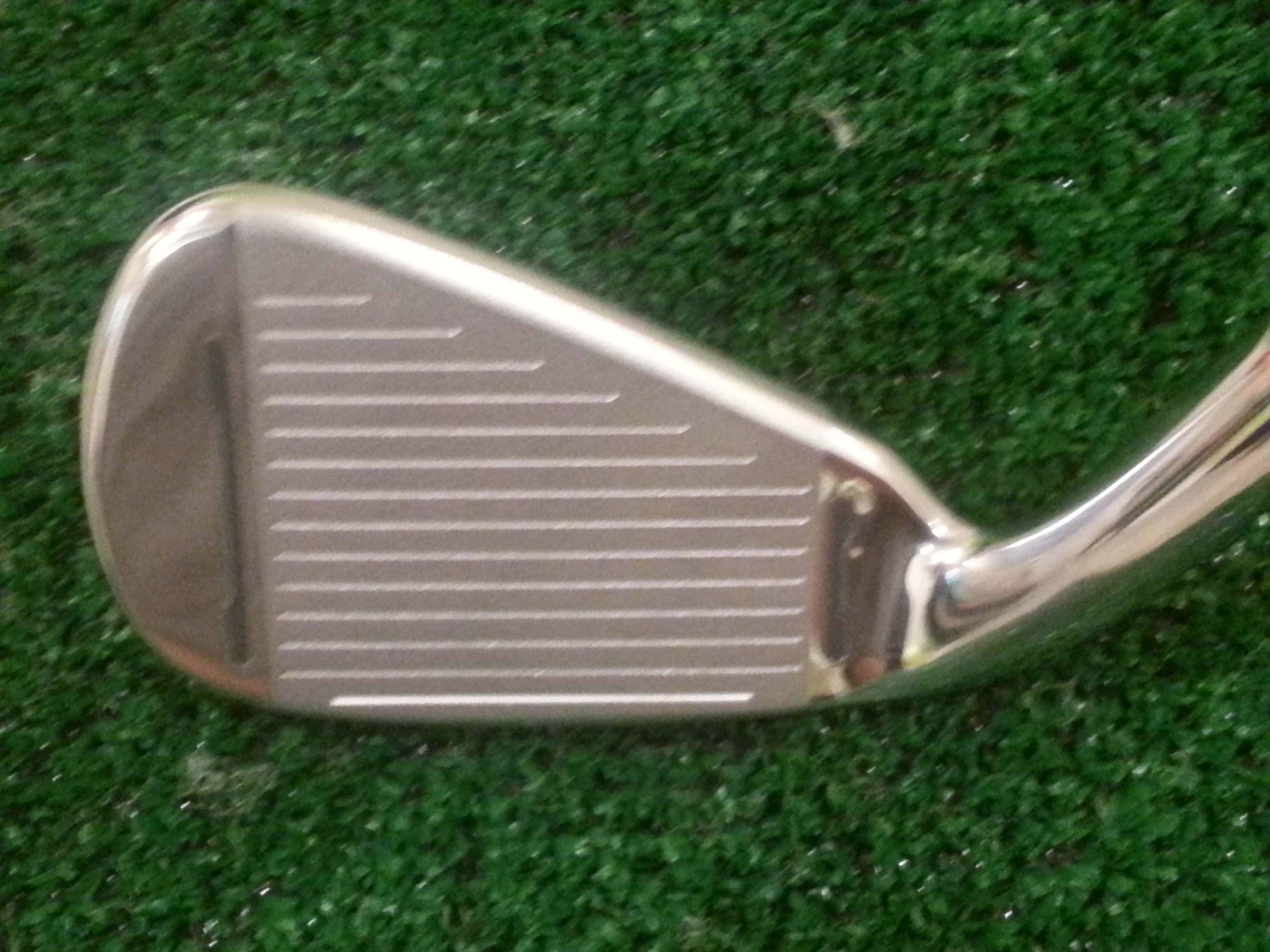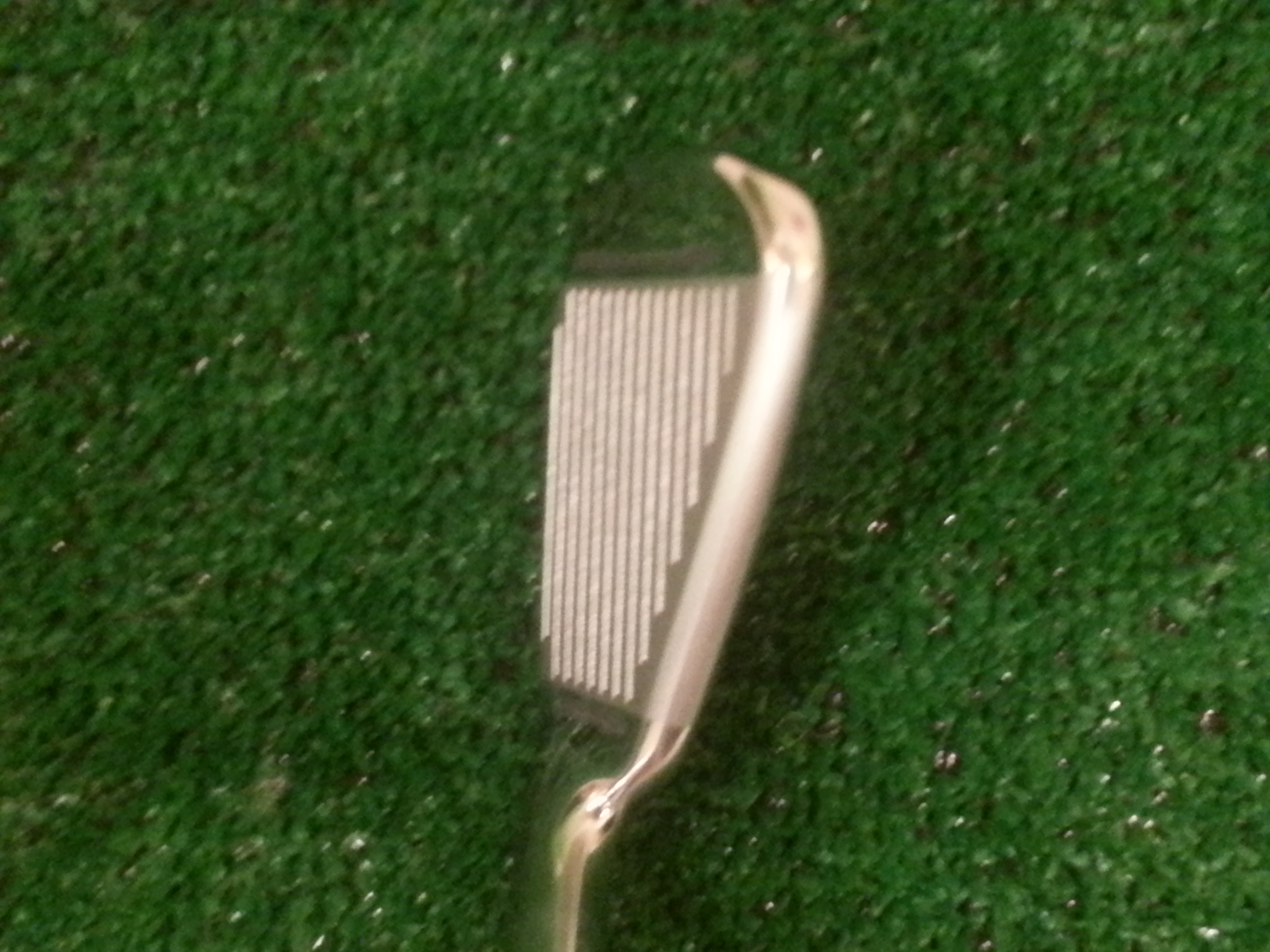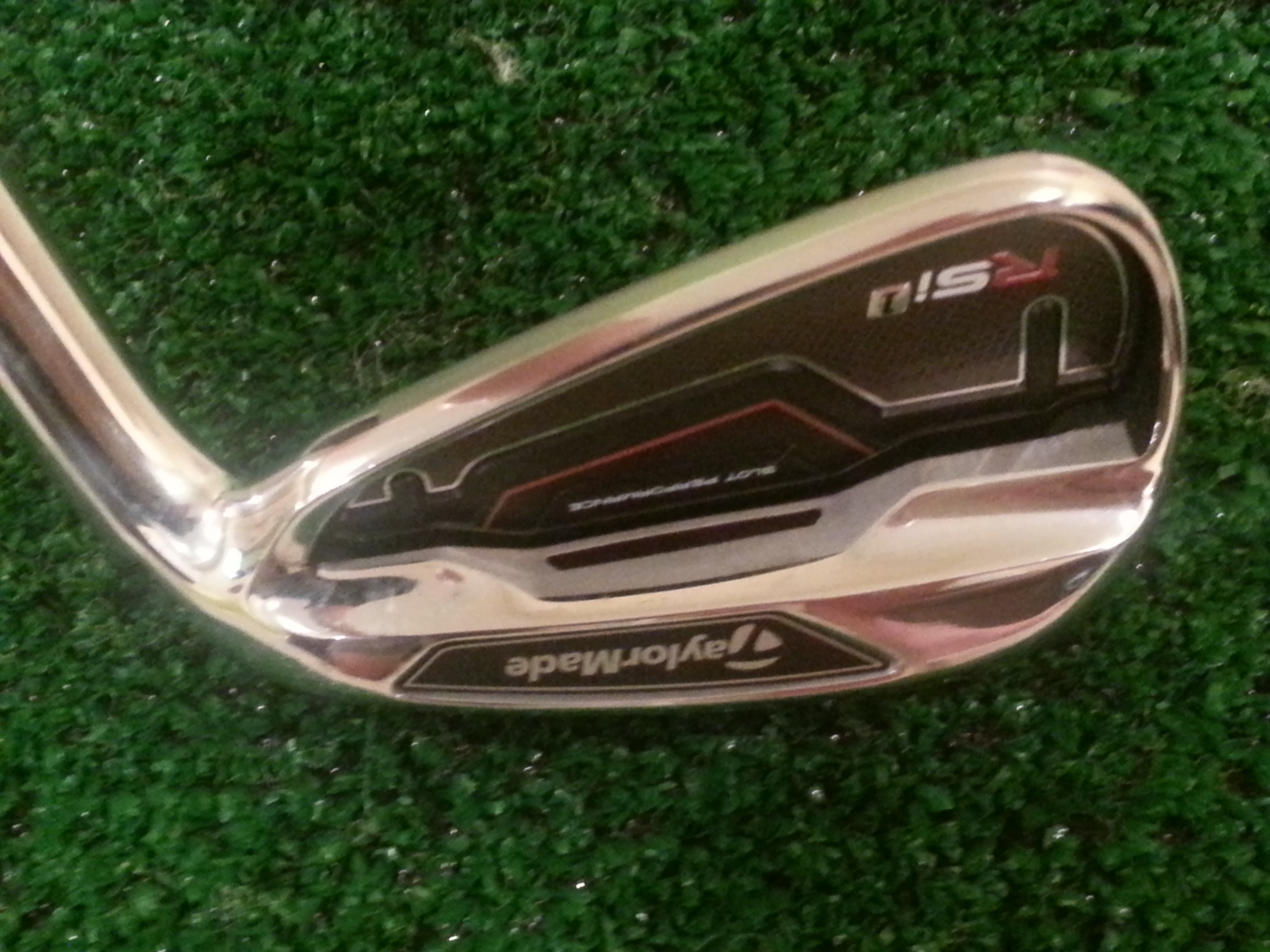No golfer is perfect. Sometimes -- some more than others -- they don't hit the golf ball in the center of the face. In fact, most of the time they miss the sweet spot. Golf, then, is managing to score when you aren't hitting the ball well, not always futilely trying to find the perfect strike.
That's the intersection of golf skill and savvy and the 14 clubs in your bag. Of those 14 clubs, you use your irons the most. TaylorMade Golf believes their new RSi line of irons provide the golfer with the most out of their off-center hits which, their analysis says, happens 76 percent of the time.
So what's the secret? Well, it's not so much a secret as it is a reapplication of a two-year-old technology. TaylorMade engineers have implemented the slot technology first introduced in the sole of the RocketBallz fairway woods into the face of the RSi line. The company dubs it Face Slot Technology.
The idea is that the slots, cut into toe and heel ends of the face of the 3-8 irons in the set, will allow the club face to flex on off-center hits, imparting maximum energy to the ball to get as much distance as possible out of imperfect contact. OK, makes sense. The 3-7 irons also retail the Speed Pocket slot that's been an integral part of TaylorMade's iron design these last two years. Incremental improvements in the slot aim to further help golfers produce as ideal of a shot as possible when they miss the sweet spot. The company says the Speed Pocket is particularly powerful on shots struck low on the face, which is sensible given where the slot is located.
TaylorMade is releasing three sets of irons under the RSi banner:
- The RSi 1 (which we tried) is your super, mega game-improvement iron. The club head is big and has a fairly large profile compared to our gamer blades. The irons have the thinnest faces ever produced by the company and an inverted cone design inside the club head to promote maximum ball speed at impact.
- The RSi 2 is for your better player, using different materials in constructed irons through the set. The 3-5 irons are made from 450 stainless steel and weighted with tungsten to lower the center of gravity and help get some loft on those long irons. The 6-7 irons also are made from the 450 stainless but don't have the tungsten. The 8- and 9-iron, as well as pitching wedge, are built with forged faces for feel and accuracy. The wedges are completely forged steel for maximum workability for better players.
- The RSi TP looks to be a replacement for the Tour Preferred MC line. The 3-7 irons are a combination of two materials: 1025 forged carbon steel for the face and hosel that's welded into a backing made of 431 stainless steel. It's match of a precisely cut backing with the feel that's to be expected from a forged iron. The remaining irons (8-PW) are forged heads with a slight muscle cavity.
So, how did they perform in our testing?
The first thing we noticed -- aside from the face slots -- is how much lighter the clubs felt than our gamer blades (D2.5 vs. D3). However, it may feel heavier to you depending on the club's you're swinging now. However, the weight feels concentrated in the head, particularly with the stock Reax 90 shaft.
About those face slots. At first, it seems there's no way you'll get over them when you stand over the ball. It was a quick transition, however, as the slots almost acted like visual goal posts for striking the ball. That's a little too wide of a visual for nailing the sweet spot consistently, but it was a nice mental aid.
The RSi 1 club heads are big. Really big. The soles, particularly on the short irons, are very wide. It's off-putting compared to what we're typically swinging, and it kind of got in the way on tough lies in deep rough. However, that's not the point of the RSi 1s. The bigger profile, as well the offset, is designed to inspire confidence. It's hard not to feel that.
We didn't put the clubs through a Trackman exercise (though I'd highly recommend seeing My Golf Spy's efforts on that front), but we definitely could notice improved performance on off-center hits. Playing my golf club, I'm typically in the same spots on most holes. There are plenty of times I can recall needing more club or coming up short with the same gamer club in my hand from some nasty lies.
The sound at contact was pleasing to the ears, especially compared to past experiences with game-improvement irons. They often sound clunky, almost like mini-hybrids, which isn't what I want. The sound was typically clean at impact in the RSi 1s.
We'll continue to put the RSi series in the test bag and see how it performs as the weather changes. We'll also come back to the clubs when we officially start our to-be-named testing series which will use Trackman and on-course monitoring to evaluate performance.
In the meantime, the TaylorMade RSi 1 (MSRP: $800) and RSi 2 (MSRP: $900) sets are available for pre-order and hit the market on Nov. 14. The TP set (MSRP: $1,200) comes Jan. 15, 2015.




Add Comment